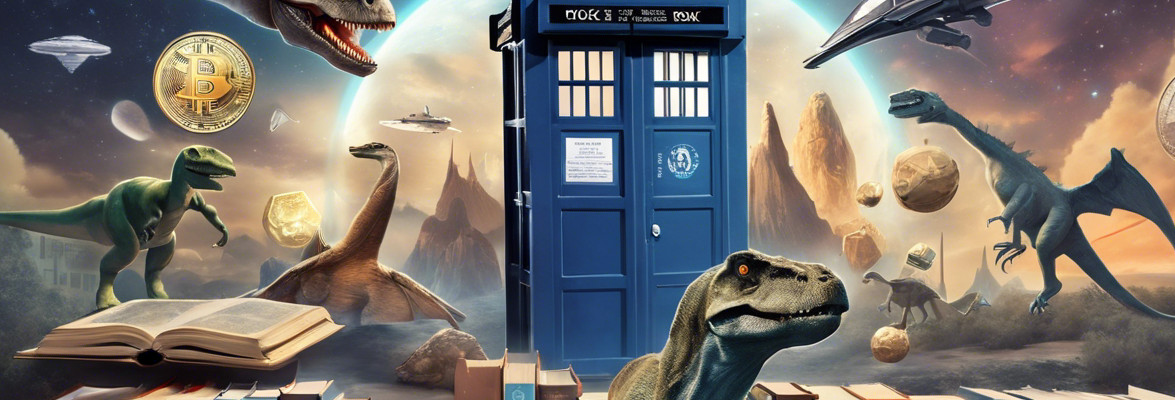
The novel “Eye of Cat” by Roger Zelazny was published for the first time in 1982.
Billy Blackhorse Singer is a very special hunter as he hunted alien prey for many years. He has now retired from that activity, but the world government requires his services for a slightly different mission for which his talents can still be very useful: to protect an alien diplomat from a member of his own species.
The mission requires some very special skills and Billy Blackhorse Singer decides to resort to the help of a unique alien, a shapeshifter who’s the last individual of his kind and has various mental and physical abilities. Known as the Cat, the alien agrees to help Billy but in return asks him for the chance to hunt him after the mission ends.
Throughout his career, Roger Zelazny often used elements from various religions and mythologies in his stories. Reading Tony Hillerman’s detective stories, he drew inspiration from some Navajo characters, to the point that he dedicated “Eye of Cat” to two of them as well as their creator. Once he got the idea, he started looking for information on the culture of this Native American tribe. He then created the character of Billy Blackhorse Singer using various parts of that culture, including the concept of chindi, the spirit that leaves the body when a person exhales his last breath and can be evil.
The author explains the origin of the idea for “Eye of Cat”, the importance of the concept of adaptability for the Navajo, and how he developed the premises in his short 1984 essay “Constructing a Science Fiction Novel”.
The presence of these elements of the Navajo culture can make the interpretation of parts of the novel complex. For example, there are poems, which contain references to characters from Navajo mythology such as Coyote. The structure doesn’t help, in the sense that the poems are mixed with other fragments of prose with strange styles and more. I honestly thought that the novel was older because the style reminded that of the new wave period of the 1960s and 1970s, but perhaps it’s a style Roger Zelazny liked regardless of the fashion of the moment.
All this certainly creates a particular setting that mixes the past of Navajo traditions with the future in which the novel is set. At first glance it’s used to develop a science fiction adventure, but while reading it my impression grew that it was used to obtain what’s above all Billy’s story. Being a Navajo, he’s caught between the past of his tribe and what’s his present. His journey ends up being above all an inner journey, to come to terms with himself and go beyond the problems he has accumulated during his long life.
Freeing Cat from the zoo where he was locked up for many years is a way for Billy to make amends for at least one of the many mistakes he made. Cat’s proposal to help him in exchange for a hunt in which Billy will be the prey adds some tension to the story but it’s only one of the nuances of the strange relationship of two characters who work together but are at the same time enemies.
In the end, “Eye of Cat” is a novel in which there’s much less action than one might expect from reading the blurb. That’s because it’s essentially based on the characters and in particular on Billy Blackhorse Singer with a strong introspection immersed in the Navajo culture. This offers food for thought that may also concern the interpretation of what happens to the protagonist. There’s an element of mysticism that offers a double realistic / fantastic interpretation, especially of some moments. For these reasons, I recommend it particularly to readers who appreciate psychological and introspective science fiction.

